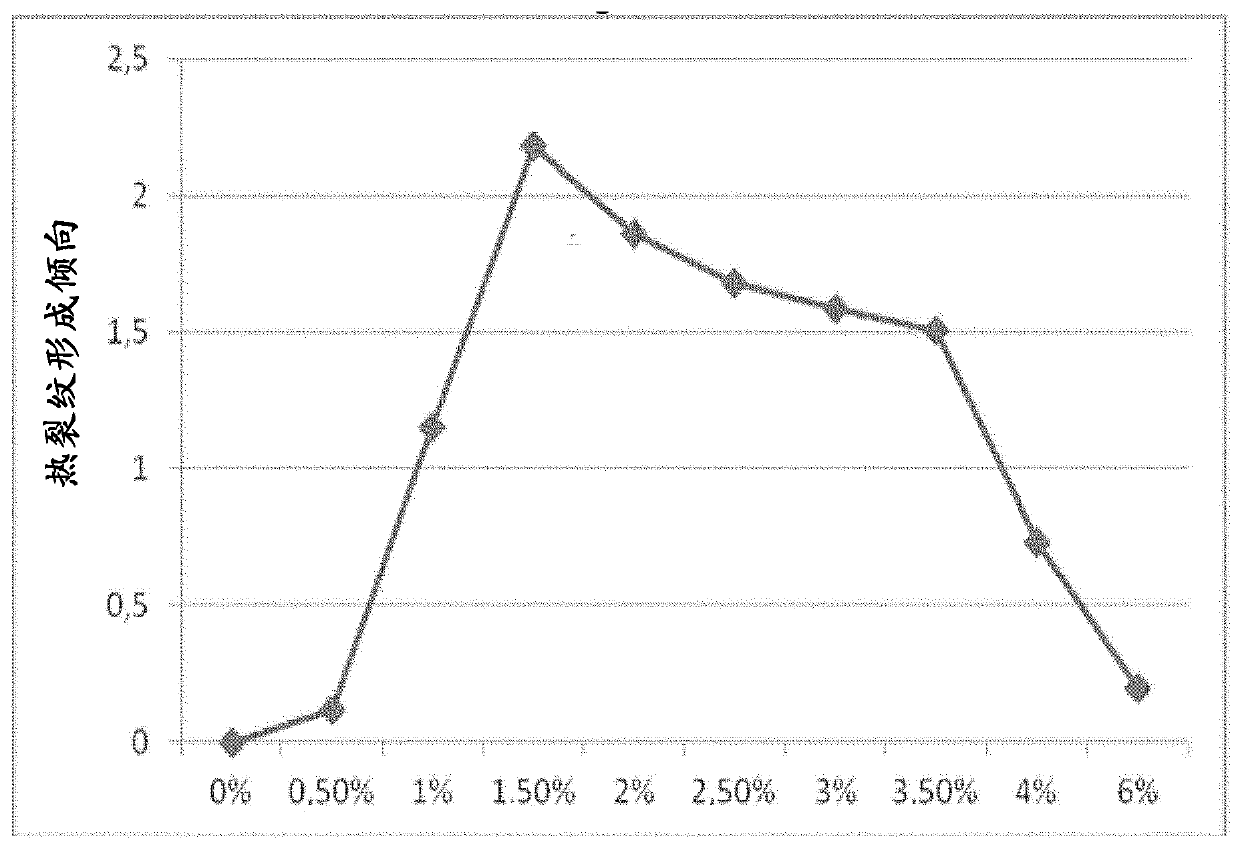Stent made of bio-degradable magnesium alloy with magnesium fluoride coating and organic coating
An organic coating, magnesium alloy technology, applied in coating, medical science, surgery, etc., can solve problems such as cracks, coating increase, etc.
- Summary
- Abstract
- Description
- Claims
- Application Information
AI Technical Summary
Problems solved by technology
Method used
Image
Examples
Embodiment 1
[0490] Embodiment 1: the preparation of alloy
[0491] The alloy is produced by the so-called permanent mold direct chill casting method ("Tütengu βverfahren"). This method is used to prepare precursor materials for subsequent extrusion and is characterized in that said materials have a uniform microstructure and that ingots with a uniform distribution of alloying elements can be produced. Therefore, it is extremely suitable for the production of smaller quantities of high-value cylinders for forming.
[0492] In the case of this method, magnesium alloys (L1, L2, ..., L44) are melted in smooth steel crucibles. As crucible material virtually any nickel-free steel can be used. Graphite is another possible material. All melting operations were performed under protective gas. The melting bath temperature here is 660-740°C. When the temperature of the molten bath is reached, the alloying elements are added in the form of pure elements or master alloys. After addition of alloy...
Embodiment 2
[0601] Embodiment 2: the preparation of tubing
[0602] Extruded wires were produced from alloys L1 to L10 according to Example 1. In these extruded wires, precision holes are introduced in the longitudinal direction, which already collectively determine the wall thickness of the subsequent stent. Through several forming steps, a tube with a predetermined diameter and a defined wall thickness is produced. Between the individual forming steps, repeated heat treatments are carried out.
Embodiment 3
[0603] Example 3: Stent Fabrication
[0604] The tubes produced according to Example 2 were fastened on the receivers (Aufnahme) of the laser machine. A pulsed solid-state laser (FKL) cuts the outline of the stent design from the tubing. Laser cutting is performed under a protective gas atmosphere.
[0605] The scaffold design is stored in an NC (Numerical Control) program. It provides the path of travel for the laser, thereby structuring the tube. Cutting with the laser beam produces burrs in particular on the inner side of the tube along the entire cutting contour. This can lead to residues and swarf in the profile after the cutting process is complete. Mechanically remove residues and cuttings, and clean preparation residues from scaffolds. In the first optical vision control, a cutting contour check is performed.
[0606] Next, the stent is electrochemically polished. Connect the support as an anode and immerse it in an acid bath. The circuit is closed by the catho...
PUM
| Property | Measurement | Unit |
|---|---|---|
| Layer thickness | aaaaa | aaaaa |
| Diameter | aaaaa | aaaaa |
| Length | aaaaa | aaaaa |
Abstract
Description
Claims
Application Information
 Login to View More
Login to View More - R&D
- Intellectual Property
- Life Sciences
- Materials
- Tech Scout
- Unparalleled Data Quality
- Higher Quality Content
- 60% Fewer Hallucinations
Browse by: Latest US Patents, China's latest patents, Technical Efficacy Thesaurus, Application Domain, Technology Topic, Popular Technical Reports.
© 2025 PatSnap. All rights reserved.Legal|Privacy policy|Modern Slavery Act Transparency Statement|Sitemap|About US| Contact US: help@patsnap.com



